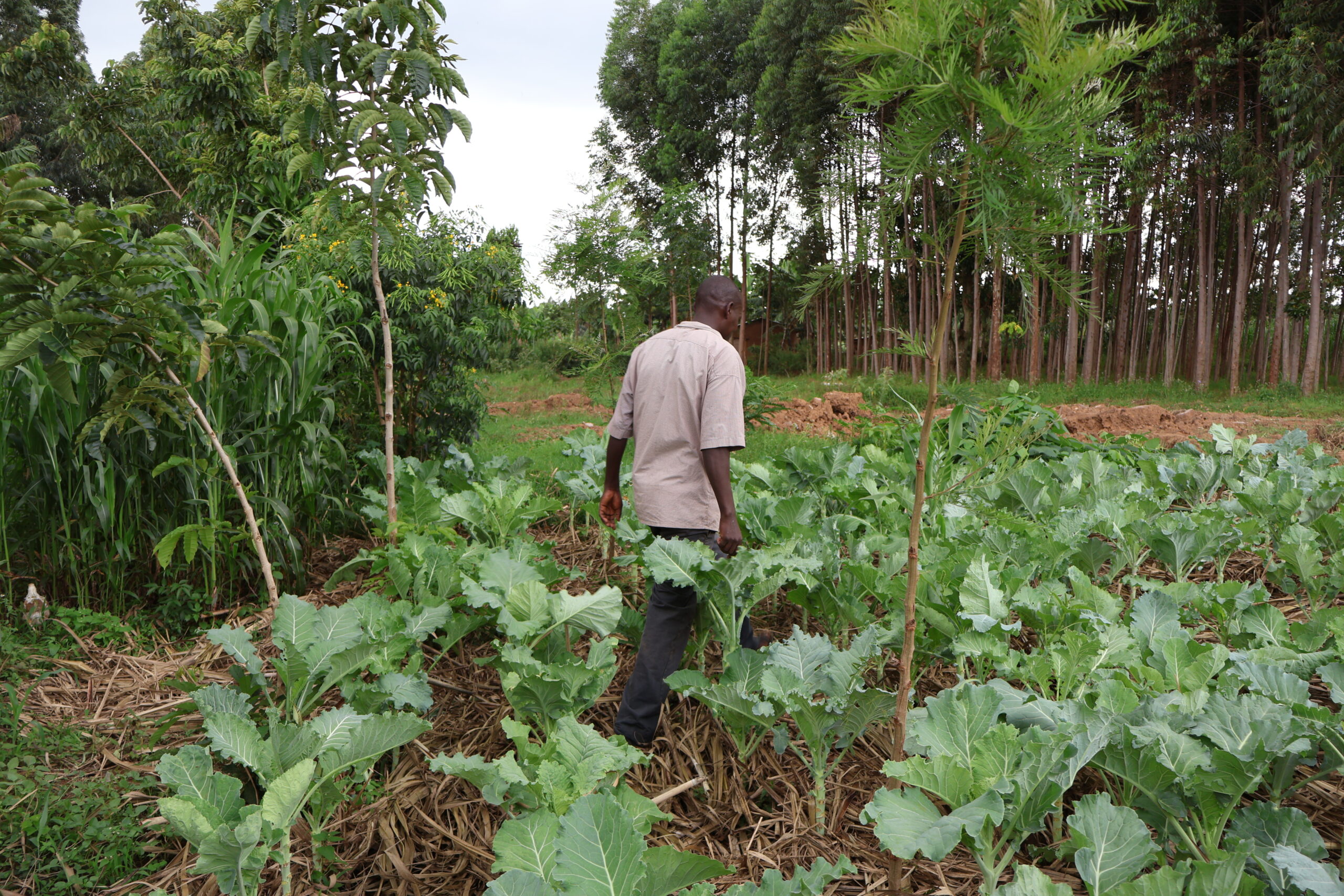
Mapping Present and Future Agroforestry in Africa
This study provides a mapping of past, present and future distributions of agroforestry across Africa, assesses its economic benefits, and evaluates its expansion potential.
PARI research focuses on identifying and scaling promising agricultural innovations for agricultural growth and food security in Africa and India.

This study provides a mapping of past, present and future distributions of agroforestry across Africa, assesses its economic benefits, and evaluates its expansion potential.
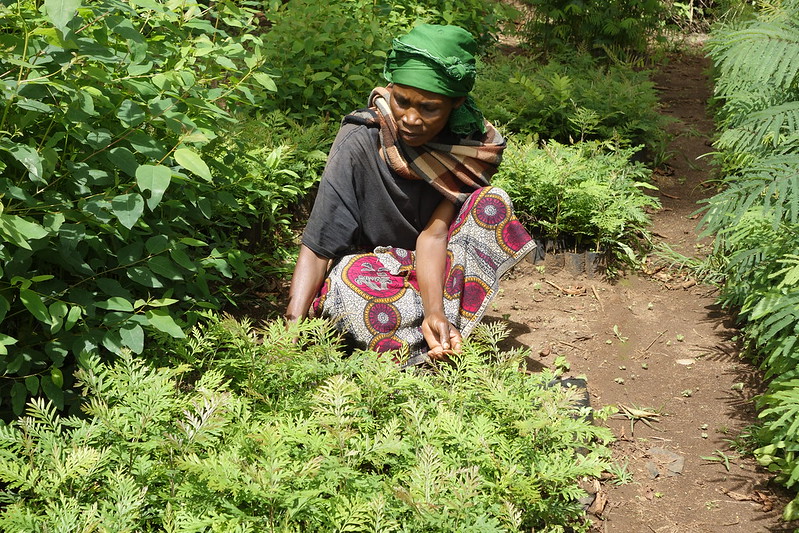
This dataset captures the economic value of ecosystem services generated by agroforestry systems in Africa.

This report summarizes key findings from 10 years of PARI research to inform policy and investment decisions to address food insecurity in Africa, India and beyond.
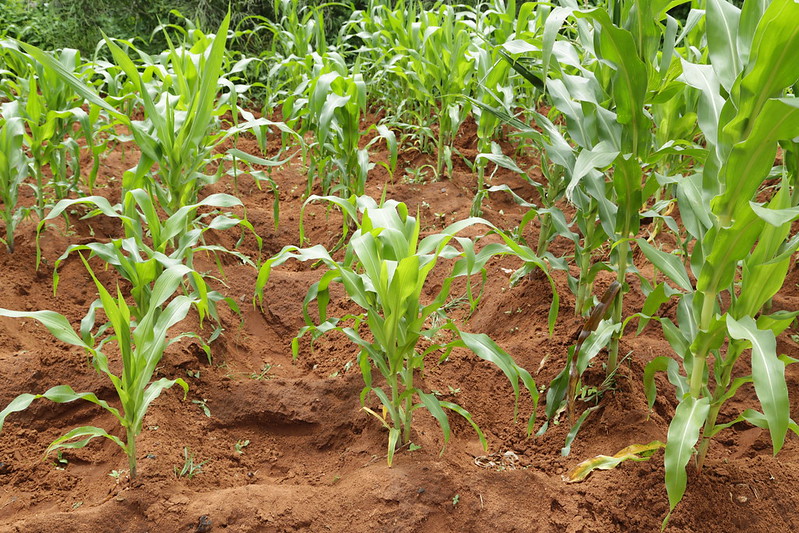
This article evaluates empirical evidence on the effect of agroecological practices on land and labour productivity in Africa.

This paper presents a systematic review of the literature on four neglected species, which could contribute to meeting increasing demand for animal protein in Sub-Saharan Africa: grasscutter, guinea fowl, guinea pig, and rabbit.
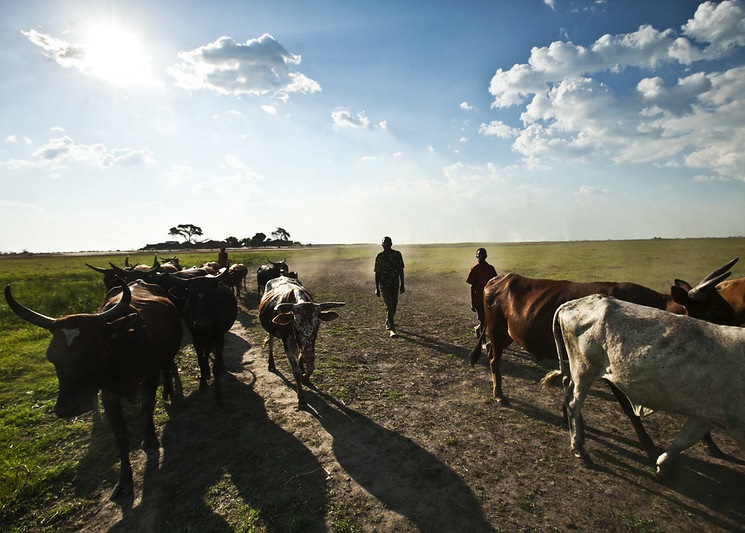
This study proposes a new approach that complements existing farm level classifications with a classification of livestock management practices at herd level.
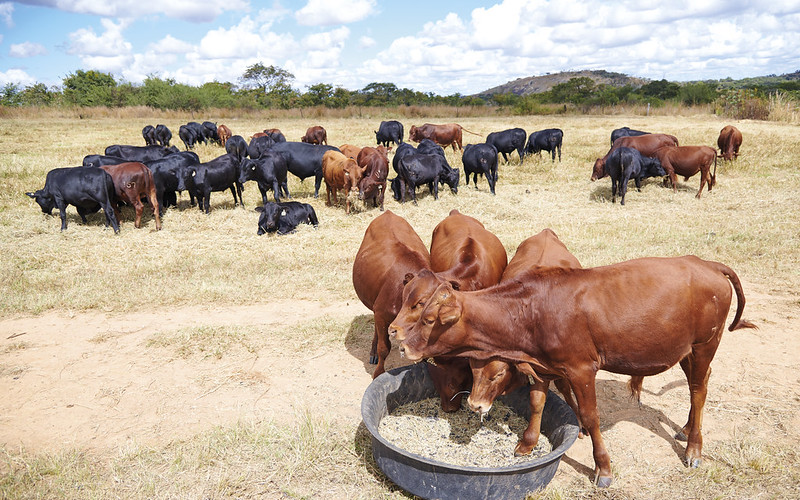
This study explores the sustainability implications for an expanding livestock sector in Africa.

The PARI annual report 2023 presents the highlights of PARI research conducted in 2023.
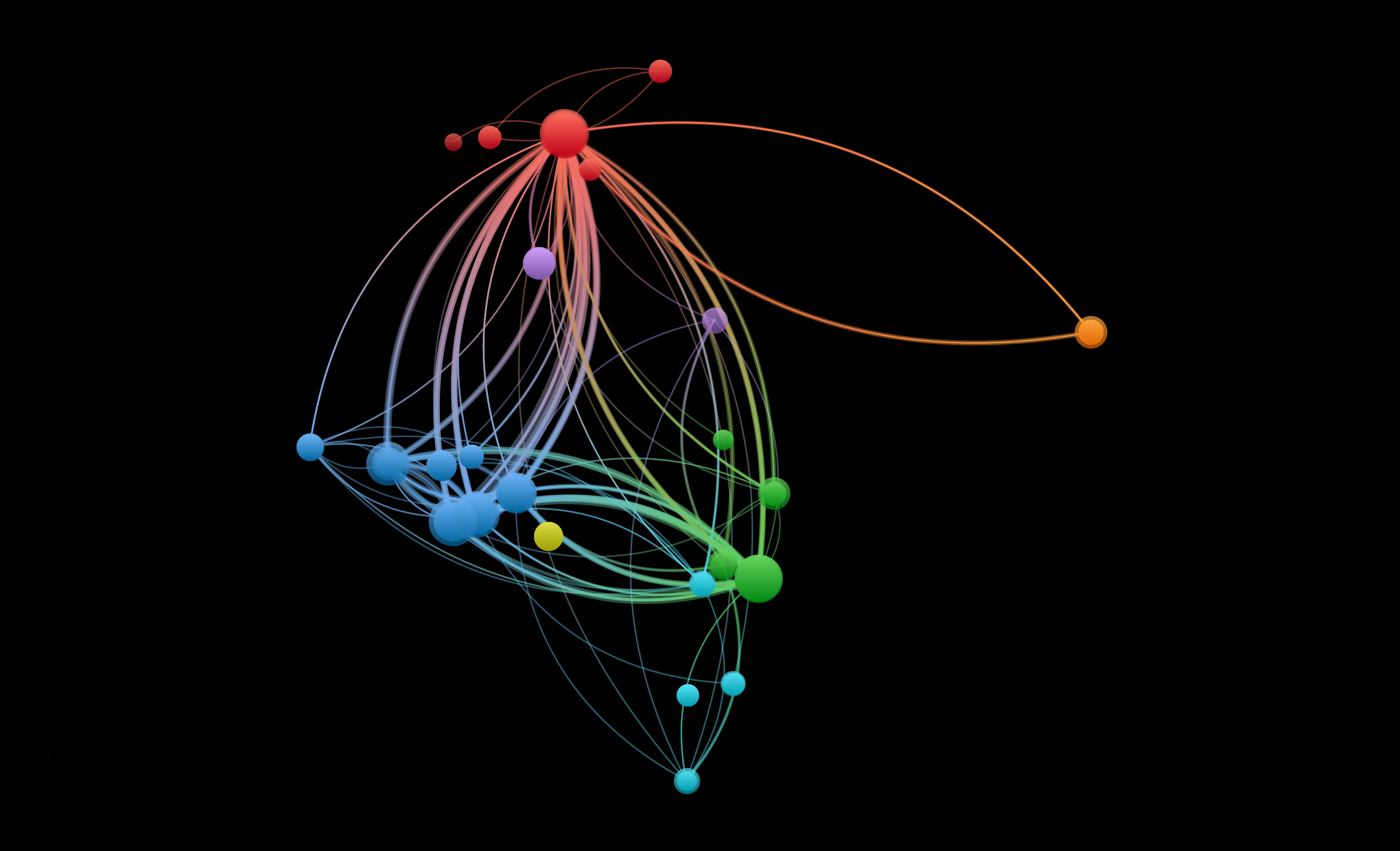
This review examines the progress PARI has made over the last ten years in achieving its stated objectives and through its contribution to the development of the food and agriculture sector in Africa.

This study examines the role of digital technologies in promoting agricultural growth globally and within the different sub-regions of the world.

This study examines the relationship between industrial clusters and firm-level innovation in Africa.

This article assesses the status of personal data protection laws in Africa, compliance by digital ag providers and perceptions of agricultural producers.